

'Conquests of the Longbow' is one of the best adventure games in the Sierra catalogue, even though it may not get as much attention as the other "Quest" games. While 'CotL' may not get the same recognition or branding as, say 'King's Quest', 'Space Quest' and 'Leisure Suit Larry', it is perhaps the one that is best written and has some of the best adventure game puzzles. The writing in 'CotL' is superb, filled with Robin Hood lore and druidic mythology that are tightly interwoven to form a cohesive story. Even three layers of copy protection (yes, three!) were designed to enrich the game's setting and lore, instead of being arbritarily included. For a story that spans 13 chapters, mission objectives of each chapter were always clearly defined or hinted. At no point during the game that I felt not knowing what to do (like I did in 'Gabriel Knight'). Allowing multiple ways to solve problems in 'CotL' is one of the game's best features. It was a surprise for me when I first played it, and I still admire the care that Christy Marx et al. had put into the design. This design feature matters a lot, and I won't spoil it for you if you don't know why. However, I assure you that because of this, 'CotL' is very replayable to this day. In spite of the perfect score that I gave 'CoTL', it is by no means perfect. (The perfect score is from my inability to assign 4.5 stars.) The Nine Men's Morris minigame, winning of which is essential, is annoying when most players probably know the rules of the game or strategies to win it. Plus, one key game mechanic could have been made more user-friendly if the player could have easy reference to the fleeting clue. Otherwise, I find 'CoTL' pretty much as perfect as a point-and-click can be. It's a shame that 'CotL' never got a CD-ROM release because I think it deserves to be enhanced by some voice acting and remastered soundtrack. Still, the end product as it is is worth checking out and replaying again. It's definitely worth adding to your GoG collection.
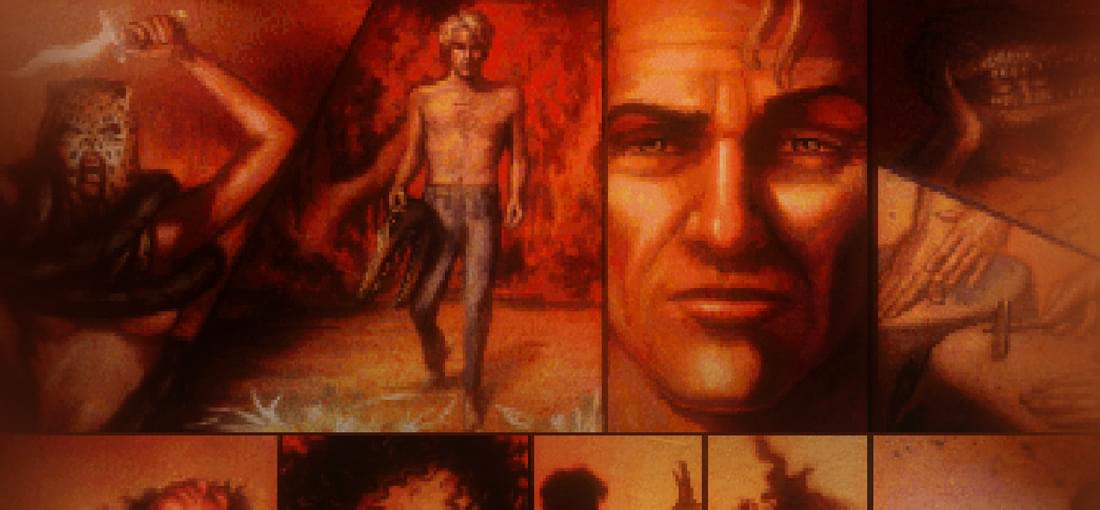
When 'Gabriel Knight: Sins of the Fathers' first came out, I was too immature to appreciate it for what it was. Plus, the young me, who was already well versed in the standard Sierra adventure game icon bar and curors, found the new, unnecessarily complicated icon bar (adding Ask, Open/Close, Operate, Move (Push/Pull), and Read actions) an obstacle to get right into the game. Now that I am older and (somewhat) wiser, I decided to give 'GK' another try. Having visited New Orleans a few years ago, I found myself particularly drawn to the game's setting. Jane Jensen, the writer of the game, was smart in having Gabriel start off as an uninitiate of Voodoo. As Gabriel learns more about the history, facts and myths of Voodoo, so do we players. I was quickly drawn -- and stay drawn -- into the mystery of the Voodoo Murders, even though I saw certain revelations coming long before Gabriel did in the story. For a Sierra adventure game, the story of 'GK' is a more mature, darker one. Over 20 years later, the story still holds up, albeit some noticeably underdeveloped areas in characterization and plotlines. The art design and style were spot-on and withstood the test of time. The colours of the game were especially vibrant, with lighter tones being used for the French Quarters, and warmer ones for Voodoo scenes. After all these years, 'GK' is still an engaging, visually stunning game. And after all these years, I still find the icon bar and cursors in 'GK' unnecessarily complicated. Being older and wiser didn't make the game any easier. In fact, 'GK' can be challenging, mainly because of the general lack of direction as to what needs to be done for each day. Sometimes you won't find out what you need to accomplish until you've hit upon one of location hotspots to trigger a cutscene. While the game does provide sufficient clues to help you solve MOST puzzles, you still need to take a trial-and-error approach and/or reflect on clues that were provided in dialogues and in cutscenes that happened a while back. Many have praised the voice acting in 'GK'. Featuring the voice acting of celebrities, such as Tim Curry, Mark Hamill, Leah Remini and Michael Dorn, 'GK' does have memorable vocal performances. However, as dulcet as Tim Curry's voice may be when portraying Gabriel, I found it unfitting and even distracting at times. Of all the voice performances, I found Leah Remini's snarky and sarcastic portrayal of Grace to be most fitting. There is a lot to love about 'GK': the story, the art design, the freedom with which you get to explore (a pretty faithfully recreated) New Orleans, the sense of non-linearity in a linear adventure game, and the rich amount of information that was researched and shared about Voodoo. A few missteps aside, this is a Sierra adventure that's worth (re)playing.
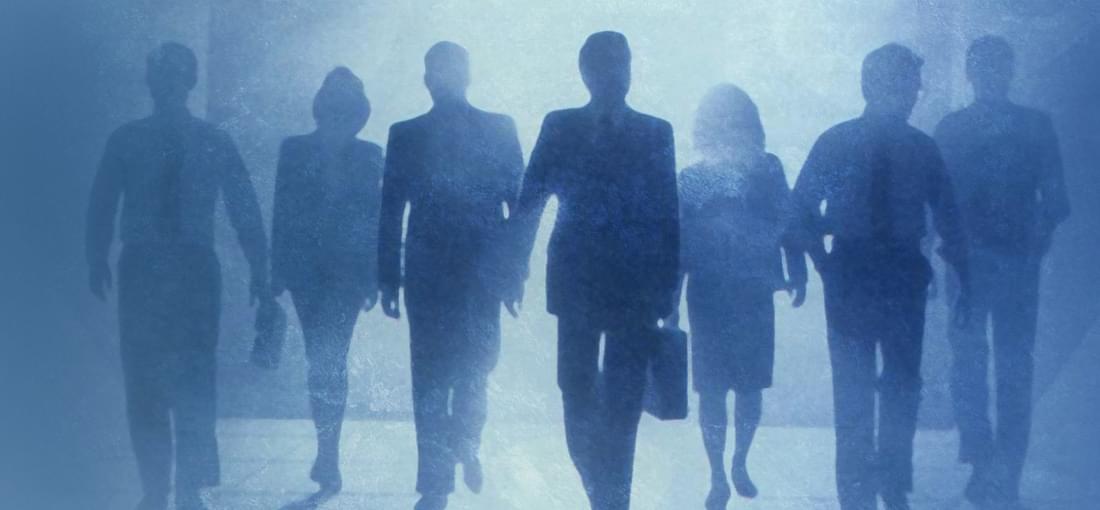
Many people like 'Under a Killing Moon', but I didn't. I had many issues with the game and that led me to second guess my decision in purchasing 'The Pandora Directive'. Thankfully, 'TPD' turned out to be a better than I anticipated! In the couple of years between 'UAKM' and 'TPD', the game developers improved the way they make a computer game with full motion videos. The production value of these FMVs was higher, with better video quality, lighting, staging, cinematography, costumes, makeup, and acting. Many of the original actors from 'UAKM' returned, and their familiarity with their roles certainly improved their performances. More importantly, Chris Jones' portrayal of Tex Murphy returned to the more serious character that I came to love in 'Mean Streets'. Improvements made to the 3D engine and the game's writing also made 'TPD' a much better game than 'UAKM'. Game textures and object modelling made traversing environments and examining objects easier, which were something that I found challenging in the previous game. The story in 'TPD' also returned to being more serious like in 'MS'. The detective story in 'TPD' had just the right amount of drama, mystery and humour. However, 'TPD' is still far from perfect. First, it is a very difficult game at the Game Player (hard) level. There was one sliding puzzle box challenge too many, and more mazes than I care for. The puzzles in the game started to fall apart by the sixth (of nine) chapter, by which time there were more timed puzzles and puzzles that required foreknowledge of what's to come. That meant a lot of trial and error, which got very annoying given how difficult and pointless the puzzles got. By the end, the puzzles in 'TPD' were more like those in a typical exploration/maze adventure game than those in a detective game. It was also in the sixth chapter that the story in 'TPD' began to take a turn. It was at this point that the narrative became less of a detective story and more of a science fiction. What was once a hard-boiled detective story featuring a femme fatale pretty much immediately became an 'X-Files' television episode. It was then that I began to lose interest. For the most part, 'TPD' kept the same user interface featured in 'UAKM'. I didn't like the interface much, but it also meant I didn't need to spend time relearning how to play a Tex Murphy game. Movement was still being done using a mouse, but for some reason, it was more manageable and fine tuned in 'TPD'. It's still annoying given modern day standard, but it's serviceable given what majority of the puzzles required. Overall, 'TPD' is a great Tex Murphy game, albeit its failings in the last half. It's a challenging game, but a satisfying, entertaining and fulfilling one, especially the first five chapters. Because of its high production value and excellent first half of the game, I'd still recommend 'TPD' in spite of my criticism.
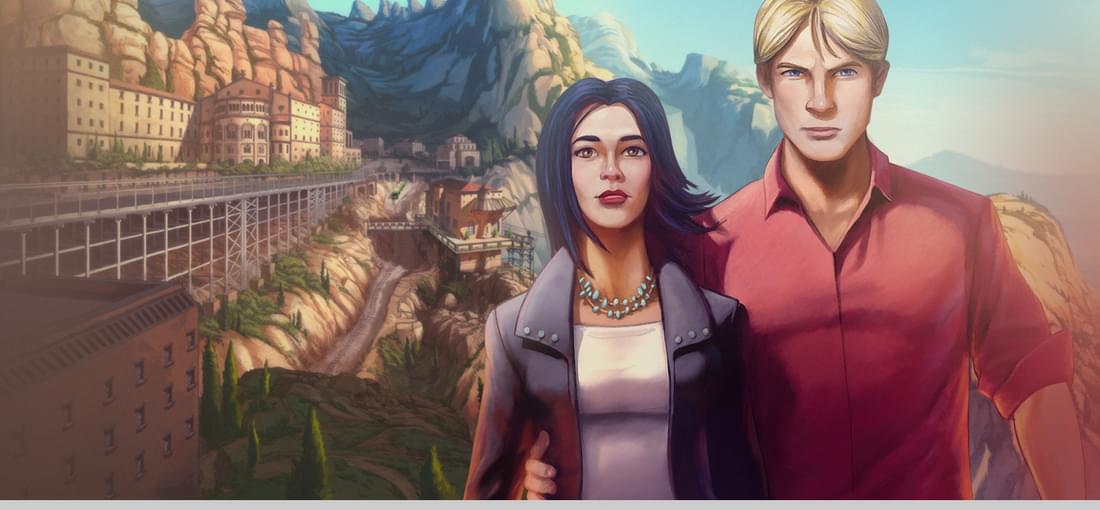
I loved the first 'Broken Sword' game, and I admittedly gave 'Broken Sword 2' a harsher review and rating than it truly deserved on GoG. However, I do stand by my comment that a sequel to 'Broken Sword' needs to meet some level of standard, which was set quite high by the first game. Some people on Internet forums have recommended or advocated for playing only the first two 'Broken Sword' games, skipping the third and fourth ones, and jumping right into 'Broken Sword 5: The Serpent's Curse'. Given my disappointment with 'BS2', I began to question the reportedly quality of 'BS5'. Thankfully, 'BS5' is WAY better than 'BS2'. In fact, it is an excellent point-and-click adventure game and a worthy sequel to the first 'Broken Sword' game. The tone and beat of 'BS5' are very similar to 'BS1', with some form of exploration within city of Paris in the first part, and more linear adventuring in the second. The graphics and art design may be new, but still evoke some familiarity to that by Eoghan Cahill and Neil Breen from 'BS1'. 'BS5' is definitely beautiful to look at, with vibrant colours and clean lines in its characters and backgrounds. Current technology allows for better character animation, photography and cinematography, most of which are done by the game engine and not pre-rendered. What makes 'BS5' excellent, however, is the solid writing. There are layers of mystery in the story that you get to uncover, intertwined with European history and religion to provide some grounding to George and Nico's adventures. Also, Nico gets to do a bit more this time around, though I still wish she gets to get her hands dirty instead of letting George do most of the work. I still find shoehorning a couple of characters unnecessary. It's nice to see the 'Broken Sword' series return to form with 'BS5'. The puzzles are fun, and at times challenging (more so during the second part); the story is intriguing and funny; and voice acting is convincing. The game did crash on me a few times, and it got annoying near the end of the game. However, it did not affect my overall enjoyment and appreciation of 'BS5'. I hope to see more of 'Broken Sword' games like 'BS5' in the future.

Back in the 1990s, there was this fascination with incorporating full motion videos into video games given the high storage capacity of CDs, on which games are starting to ship. One of the first developers who embraced this advance in technology and paved the way for cinematic video game experience was Chris Jones from Access Software. Their first effort was 'Under a Killing Moon', starring Tex Murphy, the hero of 'Mean Streets' and 'Martian Memorandum'. While 'UAKM' is undoubtedly important in the history of video game development, it is not not necessarily entertaining in its entirety. 'UAKM' was a technological wonder back in the day. Being able to play a game that looked like a movie, albeit a poorly made B movie, was astounding. (And the game starred Margot Kidder -- a big name -- so it must be something!) Not to mention there were no rule books on how these games should be made, so the fact that a big budgeted title like 'UAKM' got made was noteworthy. Given that, as long as you, as a modern gamer, approach 'UAKM' as an exploration of video gaming past, you are likely to enjoy it. However, I had more trouble doing so. I never played 'UAKM' until now in 2018. The Tex Murphy that I first got to know was the one from 'Mean Streets'. I had always envisioned that Tex Murphy to be a mix of Sam Spade and Joe Friday, who is no nonsense and will shoot his way out of trouble if need to. The Tex Murphy in 'UAKM', on the other hand, is clumsy and goofy, a 1930-style private eye that seems out of time in the future, in which flying cars and travelling off world are common place. I had a hard time playing this character who turned out to be so different from what I thought. Also, the story was more outlandish than I had imagined. While the story of 'Mean Streets' was science fiction and futuristic noir, and that of 'Martian Memorandum' began to dabble in the supernatural, 'UAKM' embraced the supernatural aspect wholeheartedly. 'UAKM' ended up being a such a mishmash of science fiction, fantasy, noir, stealth action and comedy that it seemed like it was still trying to find its tone and voice in the landscape of video games. Then there was the technology behind 'UAKM'. The 3D engine is atrociously bad. Prior to having this unspoken convention of using WASD for movement and the mouse for free look as in many first-person shooters today, game developers were still trying to figure out how to have players navigate a 3D space using keyboard and mouse. In 'UAKM', you move forward and back with your mouse, stop movement with the right mouse button, and use the up and down keys to look up and down. This configuration made movement highly difficult, and very frustrating when a good part of the game requires you to examine rooms for clues. While this exploration in first-person perspective was welcoming and provided immersion, this immersion was immediately broken when you needed to interact with the environment. Upon hitting the spacebar, 75% of the screen was immediately filled with buttons and consoles that you press and read when interacting the remainder 25% of the 3D rendered screen. I know previous Tex Murphy games were not known for friendly user interfaces, but I'm sure Chris Jones could have come up with something better! Furthermore, the 3D engine is atrocious. Objects that you need to examine and interact without are not really 3D models, so as you circle an object, its flat texture gets spun around, too, as if the objects were spinning all the time. This killed the immersion and just made exploration jarring. 'UAKM' is the product of a developer that took risk in developing and incorporating new technology into computer entertainment. While a lot of it did not withstand the test of time, the outcome of such effort is worth celebrating and checking out for those who are curious.
'Broken Sword 2: Remastered' is not a bad game -- it's just...disappointing. It's hard not to feel this way about the game because it is the sequel to 'Broken Sword', which is one of the greatest point-and-click adventure games to date. The first 'Broken Sword' game stood out among its contemporaries because of its mature, engaging story that was filled with international intrigue and a sense of globetrotting freedom. 'BS2', on the other hand, had a passable, extremely linear story. You can no longer go back and forth between countries, or even choose where you wish to go. Once you have arrived at the pre-determined location, oftentimes you are confined to one or two screens. This really limited sense of adventure and scope of exploration that the first game had. I was enthused that Nico is a playable character in 'BS2', but her character turned out to be disappointing as well. Given that she is a photojournalist, you would think she would take initiative to solve puzzles or be part of the action. No, she deferred the person speaking to her to talk to George. She was written to be damsel in distress or the temptress, which seemed out of character. I actually find the infamous "Nico Wiggle" easter egg, which allows you to bypass one of the final puzzles in the game sexist and disgusting. Writing for other parts of the story in 'BS2' was weak, too. Despite having spent some time apart, George and Nico never got properly reacquainted, even during the downtime they had. I never felt that George and Nico had any personal investment into the problems they were trying to solve. Familiar characters from the first game were also shoehorned into the story and puzzles. In fact, many scenarios felt like they were added by the game designers to make the game longer. Like its predecessor, the game's ending felt rushed. You would think the ultimate puzzles would be challenging, but they literally came down to pulling levers. Speaking of puzzles, many of them in 'BS2' were poorly designed. Whereas puzzles in the first game felt organic and (somewhat) made sense given the circumstances, the ones in 'BS2' were very contrived. Plus, the game wholeheartedly embraced the adventure game trope of picking up everything that is not nailed down and allowed by the game designers, because you'd never know when the objects may come in handy. For globetrotters like George and Nico, you would think they are not the types to carry a dead worm, sexy panties (I kid you not!), dog biscuits, chimney cone, and dog biscuits for the duration they crossed the Atlantic Ocean! If 'BS2' were any other adventure game, I might have given it a more favourable review. Unfortunately, it is the sequel to the first 'Broken Sword' game, so it had a lot to live up to. It could have, nay, should have been better! Play it if you are curious, but I think may not be worth your time otherwise.
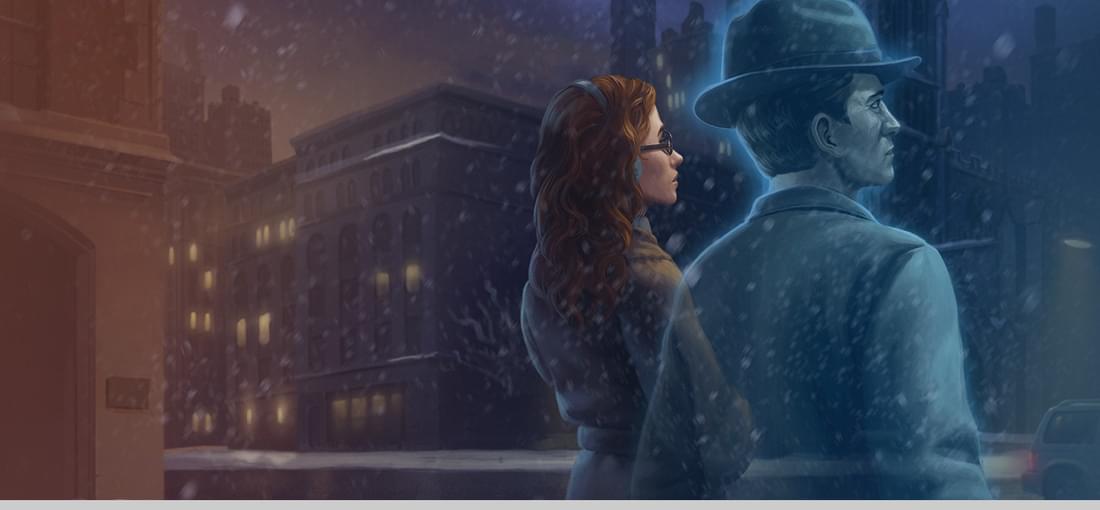
Dave Gilbert's 'Blackwell' games are some of my favourite of all time. While the fourth game, 'Blackwell Deception' left us with a cliffhanger, 'Blackwell Epiphany' -- the fifth and final game of the series -- delivers a strong, fitting conclusion to a fascinating and intriguing story arc. As with previous 'Blackwell' games, the writing is solid, the jazzy soundtrack is atmospheric and melancholic, the voice acting is top-notch, and the puzzles are fun and not too difficult. What particularly stands out compared to its peers is the beautiful graphics. Ben Chandler's pixel artwork is nostalgic, but also evokes modernity with his excellent use of lighting and shading. His version of New York City is perhaps the most beautiful of all 'Blackwell' games. 'Blackwell Epiphany' ties up most, if not all, loose ends from the previous 'Blackwell' game. It concludes the series in a satisfying way, though some will disagree with me. However, upon reflection, it'll be hard to argue that the story of Rosa and Joey should end in any other way. 'Blackwell Epiphany' is a game that packages up the best of its predecessors and leaves us yearning for more, though we know it is time for the series to end.
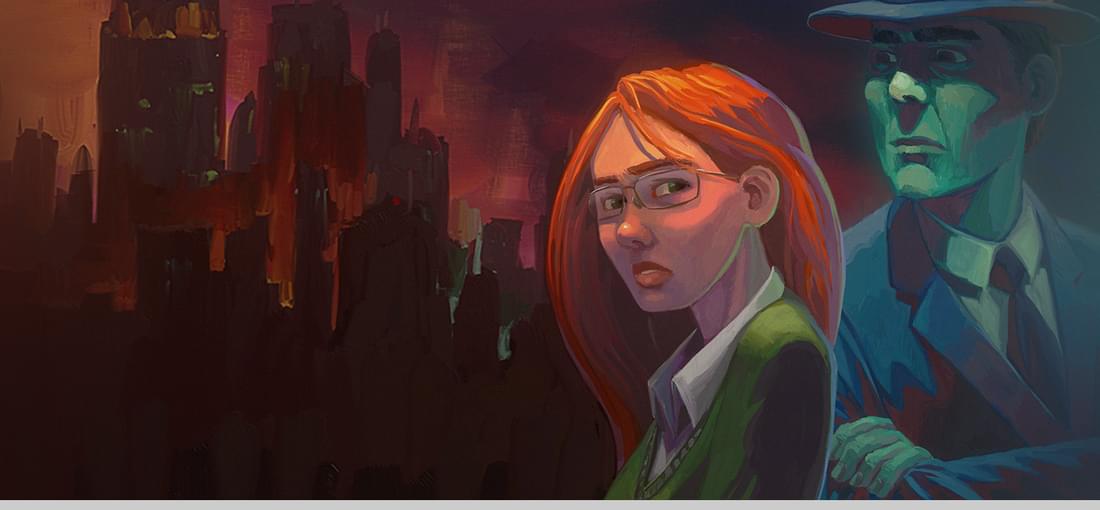
This bundle contains the first four games of the 'Blackwell' series: 'The Blackwell Legacy', 'Blackwell Unbound', 'Blackwell Convergence' and 'Blackwell Deception'. These are four of the finest point-and-click adventure games that you can play. They feature solid writing by Dave Gilbert, a gripping story arc, captivating soundtracks (especially the jazzy tunes by Thomas Regin), competent voice acting, nostalgic pixel art graphics reminiscent of those in early LucasArts adventure games (with those in 'Blackwell Convergence' particularly outstanding), as well as fun, well-designed (i.e. no moon logic) puzzles. I am usually not a fan of games and television shows about ghosts and the supernatural (with exception to 'The Ghostbusters'), but Dave Gilbert's writing of the characters and their dialogues really brought earnesty and grounding to the subject matter. The games play like detective mysteries in which you get to unearth the dots through interviews and research, and then join the dots in meaningful ways. The puzzles are not hard, though a few did stump me along the way. The highlight of this series are the stories, which form an overarching the story arc that are both fascinating and intriguing. It is best that you play these games in order to get the most of the narrative. Each game provides anywhere from 2 to 4 hours of gameplay (depending on your puzzle-solving skills), so you can treat each one as an individual episode. Before long, you'll find ourself hooked. Considering the 'Blackwell' series was created by an independent developer, it is amazing how professional the final products end up looking. All aspects of the games undoubtedly rival the best of the best point-and-click adventure games of the past and present.
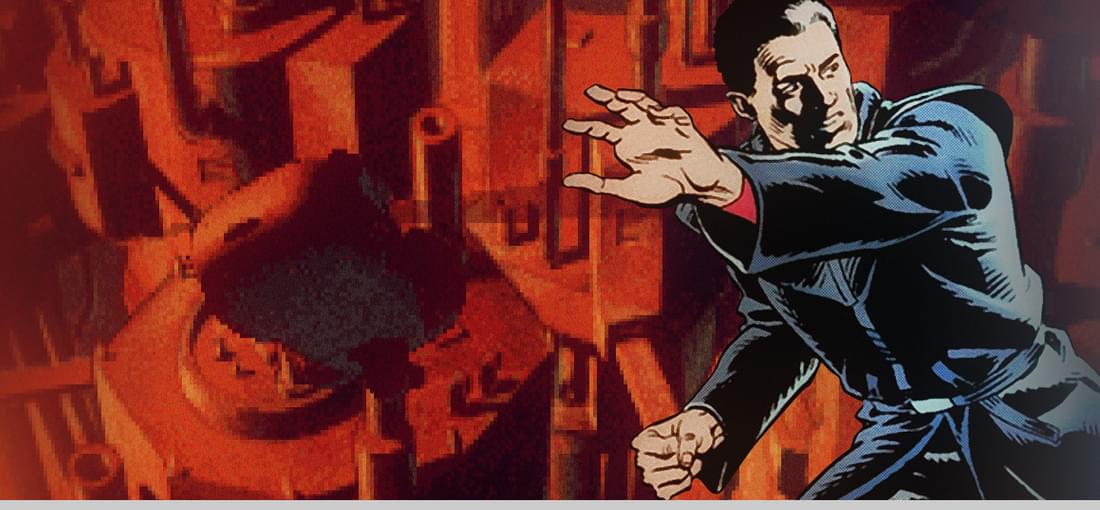
I first learned about 'Beneath a Steel Sky' just shy of 25 years ago in a computer game magazine ad. I didn't think much of it at the time because I was starting to drift away from point-and-click adventure games. Now, I get the chance to experience a game that many critics raved about. 'BASS' did not age well. Getting it to scale properly even with the help of ScummVM was challenging. However, once I got it running optimally, I was hooked right away by Dave Gibbons' introductory artwork and the game's premise. The user interface was clean and simple, but it limited the variety of interactions you could have with objects and surroundings. Keyboard controls were not intuitive, but it was no deal breaker. I believe the technology back in early and mid-1990s truly limited the developers' ability to achieve their ambitions for 'BASS'. The graphics looked nice, but there were a good number of occasions when pixel-hunting was required, including the first playable puzzle. The backdrops were nicely drawn, suggesting a grander world waiting for you to be explored. However, the explorable areas were rather limited and you had to go back and forth often. Any sense of scale, grandeur, and relations between locations to help you immerse in the game world was hindered by the lack of scene transitions. While it was nice to see a few non-playable character go about with their daily routines, the world in 'BASS' was strangely sparsely populated. There were very few background characters that existed for the purpose of scene setting, for many of them were put there to move the story along. The story itself was interesting, but with objectives of puzzles sometimes unclear, you don't really get the satisfaction of slowly unraveling a mystery and experiencing a suspenseful build-up to the climax. Instead, what you get is a shocking conclusion that gets dropped on you. Honestly, I would not recommend this game, especially when there are many great adventure games from that era, including the developer's next project, 'Broken Sword'. It's worth a try if you want to experience a slice of PC adventure game history; otherwise, there are plenty of games for you to play from the GoG catalogue.
'Ben There, Dan That!' and 'Time Gentlemen, Please!' are two surprising gems from Zombie Cow Studios/Size Five Games. They may not look like much at first, but they are turly great adventure games with funny British humour, logical puzzles, and quirky graphics. Filled with references to classic LucasArts adventure games and science fiction films, 'BT,DT!' and 'TG,P!' are geeky adventure games made by geeks for geeks. The puzzles in 'BT,DT!' are straightforward and frankly on the easy side. The ones in 'TG,P!', on the other hand, get progressively more challenging, requiring players to think outside of the box. I encountered a few bugs in 'TG,P!' that were game breakers, such as a screen that would not scroll to reveal key interactive elements, characters not moving as supposed to and thus obscuring clickable objects, and stuck dialogue. Given that, save often, but they were not deal breakers for me. Both games are short gems, but they will provide about 6 solidly good hours of fun together. I highly recommend them to those who enjoy adventure games, especially if they also enjoy old adventure games and science fiction films from the 80s and 90s.